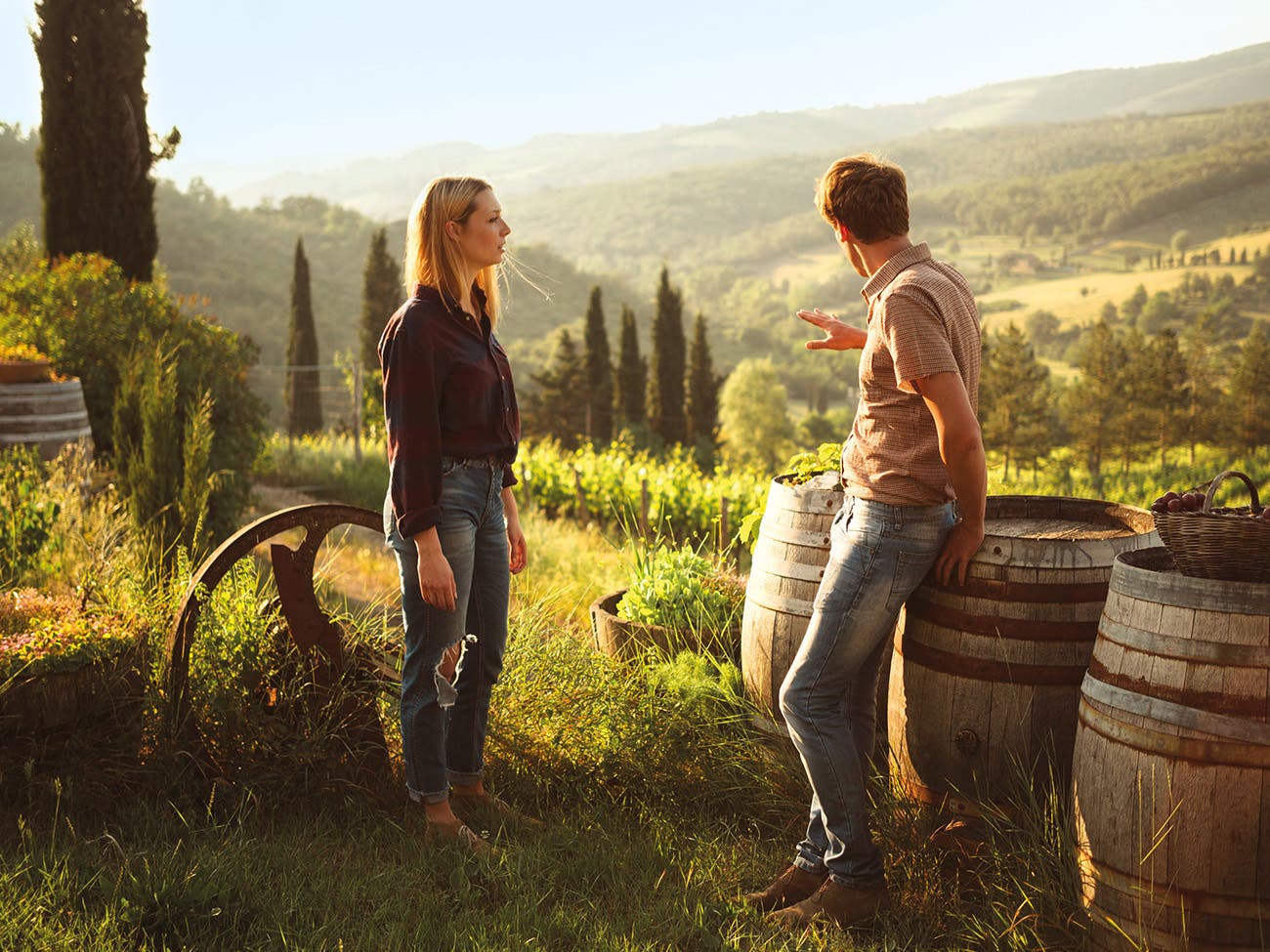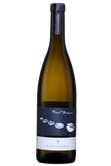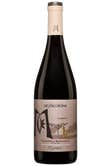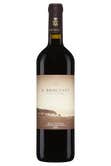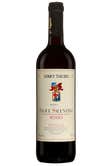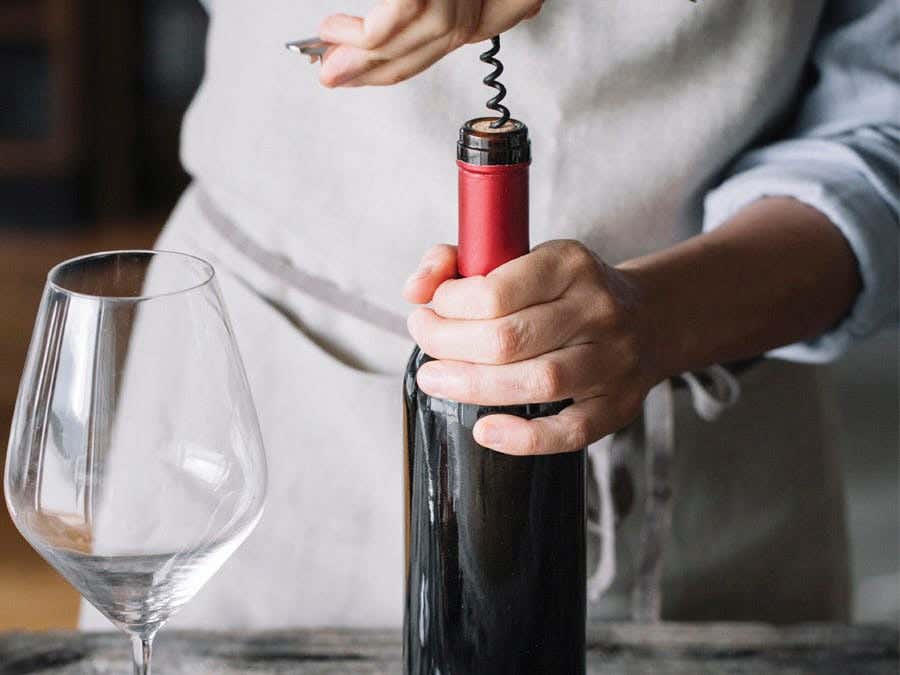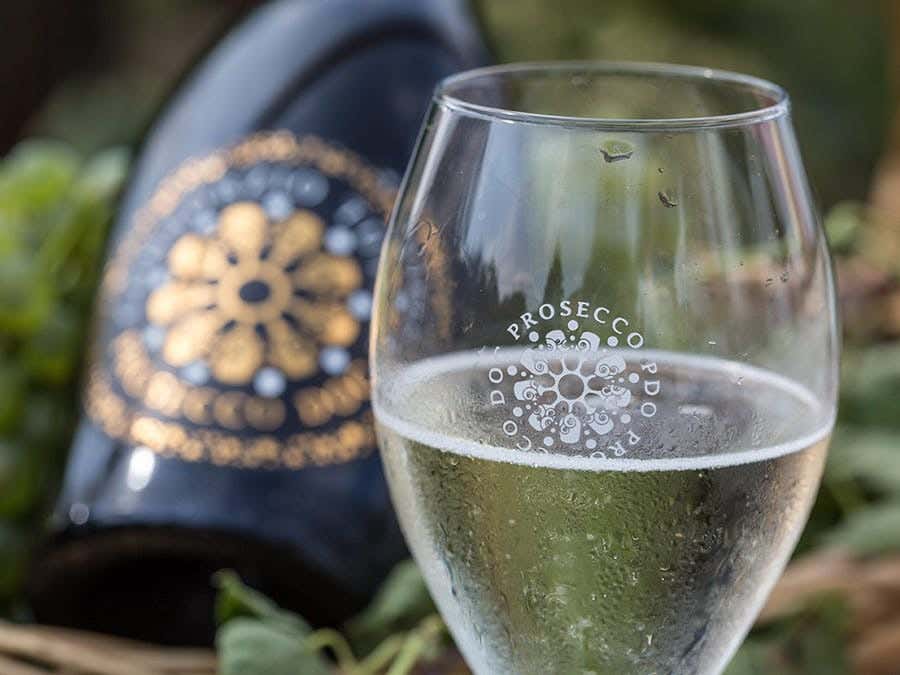Trentino-Alto-Adige: High-Altitude taste
Over the centuries, the Alps have maintained their status as a crossroads, both in terms of travel and culture. The Trentino-Alto-Adige region is home to spectacular and prosperous valleys that surround the cities of Trentino and Bolzano in the northeast. The latter is a particularly telling example of the area’s split Italo-Germanic personality, which really comes out in the local wine and food.
Alto Adige, once part of Austria, is also referred to as Südtirol, and its inhabitants speak both German and Italian in equal measure. Incidentally, the white wine here shares similarities to Austrian whites — neat, perky and refreshing, with solid aromatic presence. Notably, winemaker Alois Lageder has built a global reputation on a very nice line of such whites. Whether they’re made with Sauvignon Blanc, Pinot Blanc or Gris, Chardonnay or other grapes (the Gewürztraminer would come from the village of Tramin in Alto Adige), they’re often brought together in the most original of ways, bestowing upon these whites the attractive balance that comes from a lovely Alpine climate.
Hot tip: These wines are the perfect pairing for speck (smoked and cured ham) and cheeses hailing from the mountains, two items that just so happen to be at the heart of the region’s gastronomical proclivities.
The reds, on their end, are undergoing a sort of renaissance here. In Trentino, nestled in the southern climes of the region, Teroldego has earned much acclaim. It produces wines with dancing fruitiness and grit, whose more finely tuned versions age well and with elegance. In Alto Adige, Lagrein and Schiava are similar, making for lively and fairly tannic wines. All that said, the freshness of this region’s reds is in perfect alignment with today’s trends.


The Bolgheri Castagneto winery, in Tuscany’s Maremma region. This esteemed region has focused on Bordeaux cépages in order to highlight its wines’ quality.
Bolgheri & Maremma: Bordeaux in Tuscany
In a country with a history spanning several millennia, it’s rare to talk about a young winemaking region — but that’s the case for Maremma and its most prestigious winemaking mecca, Bolgheri. For a long time, people considered this little corner of Tuscany, which is located near the Mediterranean, too hot for viticulture. And it’s true that the region’s flagship varietal, Sangiovese, is fond of the slightly cooler hills of Chianti and Montalcino.
Nonetheless, as of the 1970s, ambitious vintners from prestigious households — the Antinoris and their cousins, the Incisa della Rochetta family, in particular — wanted to demonstrate Bolgheri’s ability to reach never-before-seen Italian winemaking heights. Their secret weapon: Bordeaux. These French grapes were a bit better acclimatized to slightly warmer maritime conditions. Nearly fifty years after the appearance of Sassicaia, Tignanello and their numerous spiritual and vinicultural descendants, the region made a serious mark on the global wine scene by delivering products that age well and can compete with both Bordeaux estates. If the world knows about the qualitative heights that Italian wine can reach, it’s in no small part attributable to the ambitious wine growers of Bolgheri.
In Maremma, in general, high-flying Supertuscans have been democratized over the years, and the local wine portfolio has diversified. Certain ones even intermingle with Rhone grapes (Syrah, Grenache, even a splash of Alicante here and there), and all of them enjoy a climate that allows for a pre-fall-rain harvest. One thing’s for certain: Fleshy reds have become the region’s signature and go particularly well with boar, a local speciality that finds its way into many traditional dishes.


Lamb stew with olives
Preparation: 15 minutes
Cooking: 2 hours, 10 minutes
Cost per serving: about $10.00
4 servings
60 mL (1/4 cup) flour
1.35 kg (3 lb) deboned lamb shoulder, cut into 2-cm(3/4 in) cubes
45 mL (3 tbsp) vegetable oil
2 medium onions, sliced
3 cloves garlic, chopped
250 mL (1 cup) Italian red wine
750 mL (3 cups) beef stock
4 Italian tomatoes, quartered
2 sprigs fresh thyme
Salt and pepper, to taste
1 celery stalk, cut into pieces
2 carrots, cut into pieces
1 small green pepper, cut into cubes
180 mL (3/4 cup) whole pitted black olives
180 mL (3/4 cup) whole pitted green olives
1. Préchauffer le four à 180°C (350°F).
2. Enfariner les cubes d’agneau.
3. Dans une grande casserole, chauffer la moitié de l’huile à feu moyen et faire tomber l’oignon et l’ail 2 minutes.
4. Retirer de la casserole et réserver. Dans la même casserole bien chaude, verser le reste de l’huile et saisir la viande à feu vif pendant 5 minutes.
5. Déglacer avec le vin, puis rajouter l’oignon et l’ail cuits.
6. Ajouter le bouillon de bœuf, les tomates et le thym. Assaisonner au goût.
7. Cuire à couvert au four pendant 1 heure.
8. Ajouter le reste des ingrédients, vérifier l’assaisonnement et rectifier au besoin.
9. Continuer la cuisson 1 heure. Servir avec une polenta.
Pairing Lamb stew with olives
Boar, beef, lamb…meat is a pillar of Tuscan culinary tradition. This recipe is olive forward, a perfect balance to the tomatoey sweetness and pronounced taste of lamb. Pair it with a woody Il Brucciato by Guado Al Tasso and its dark berry notes, like blackcurrant. This dish is also a match made in heaven for the cedar-tinged Bolgheri rosso by I Greppi and its jellied red fruit flavour.


Scenically perched on a hill, the Locorotondo commune is part of the city of Bari, in the Puglia region. Italy’s most emblematic cépage, the Primitivo, is produced here.
Well-heeled Puglia
You know how Italy kind of looks like a boot on the map? Puglia is the proverbial heel to Italy’s boot. On this lengthy outcropping into the Adriatic and Ionian seas, rolling hills and never-ending plateaus are generously drenched in the sunlight and just adequately refreshed by the sea breeze. It’s the perfect climate for olives and grapes alike: 40 percent
of Italian olive oil is produced in the region
Beloved for its beaches and blue seas, with palm trees and beach chairs dotting the landscape, Puglia is putting an increasing amount of effort into showcasing local grapes. Proof: The region puts on a wine expo and competition every year called Radici del Sud (southern roots). Exclusively dedicated to varietals from Puglia and other southern Italian regions, these events are huge when it comes to promoting the very special character of these regional wines, on top of reinforcing their identity. This local character sometimes has international connections, however, with the most famous Puglian varietal — Primitivo — having a strong presence in the United States under the name Zinfandel, California’s iconic grape. Identical DNA-wise, the fruit expresses itself differently on different shores.
At the end of the day, there’s something simple and welcoming about Puglia’s wines, just like its country cuisine, which is chock-full of flavourful vegetables, fish and seafood, or lamb from pastures further inland. Forget about sweating the small stuff in this pleasant and friendly corner of the country.


Standing cannelloni with beef and olives
Preparation: 25 minutes
Cooking: 35 minutes
Cost per serving: about $6.00
4 servings
30 mL (2 tbsp) olive oil
1 shallot, chopped
125 mL (1/2 cup) green pepper, diced
340 g (3/4 lb) roast beef, cut into small cubes
180 mL (3/4 cup) black olives, cut into big chunks
250 mL (1 cup) tomatoes, diced, including juice
Salt and pepper
8 cooked lasagne noodles
375 mL (1 1/2 cups) tomato sauce (homemade or store-bought)
10 mL (2 tsp) herbes de Provence
100 g (3 1/2 oz) grated caciocavallo or pecorino cheese
1. In a very hot frying pan, sauté the shallot, pepper and beef in oil for 3 minutes.
2. Add olives and tomatoes. Season. Let cook over medium heat for 5 minutes. Set aside.
3. Preheat oven to 190°C (375°F).
4. Lay out noodles on work table.
5. Place 1/8 meat stuffing on each noodle.
6. Roll noodles, ensuring stuffing stays inside.
7. Place the cannelloni standing up in baking dish, keeping them close together to prevent them from unrolling.
8. Pour sauce over cannelloni and sprinkle with herbes de Provence and cheese.
9. Bake in oven for 25 minutes. Serve.
What to drink with cannelloni?
The sun-kissed flavours of olive, pepper and tomato overflowing from Puglia are an admirable answer to an ample and generous Primitivo, the region’s hottest grape. It’s all the more true with meat, grilled and caramelized flavours pairing as well as they do with the mature fruitiness and spice of a southern red like Cosimo Taurino Riserva or Vanita Vigneti del Salento. Don’t forget to consider other regional reds, like Nero di Troia and Negroamaro…
Photos (food): Maude Chauvin
Related Posts
-
Read more
SAQ shelves are lined with more than 150 wines and spirits produced abroad and bottled here, a process that has a positive impact on the environment and workforce in the province.
-
Read more
In recent years, Prosecco DOC (Denominazione Di Origine Controllata) sales have dizzying new heights. Read on to learn more about the accessible bubbles adored the world over.
-
Read more
Bubbly’s rising popularity has resulted in a wide variety of bottles to choose from. Here’s a handy guide to finding the one that’s right for you!
 Free in-store delivery with purchases of $75+ in an estimated 3 to 5 business days.
Free in-store delivery with purchases of $75+ in an estimated 3 to 5 business days.
